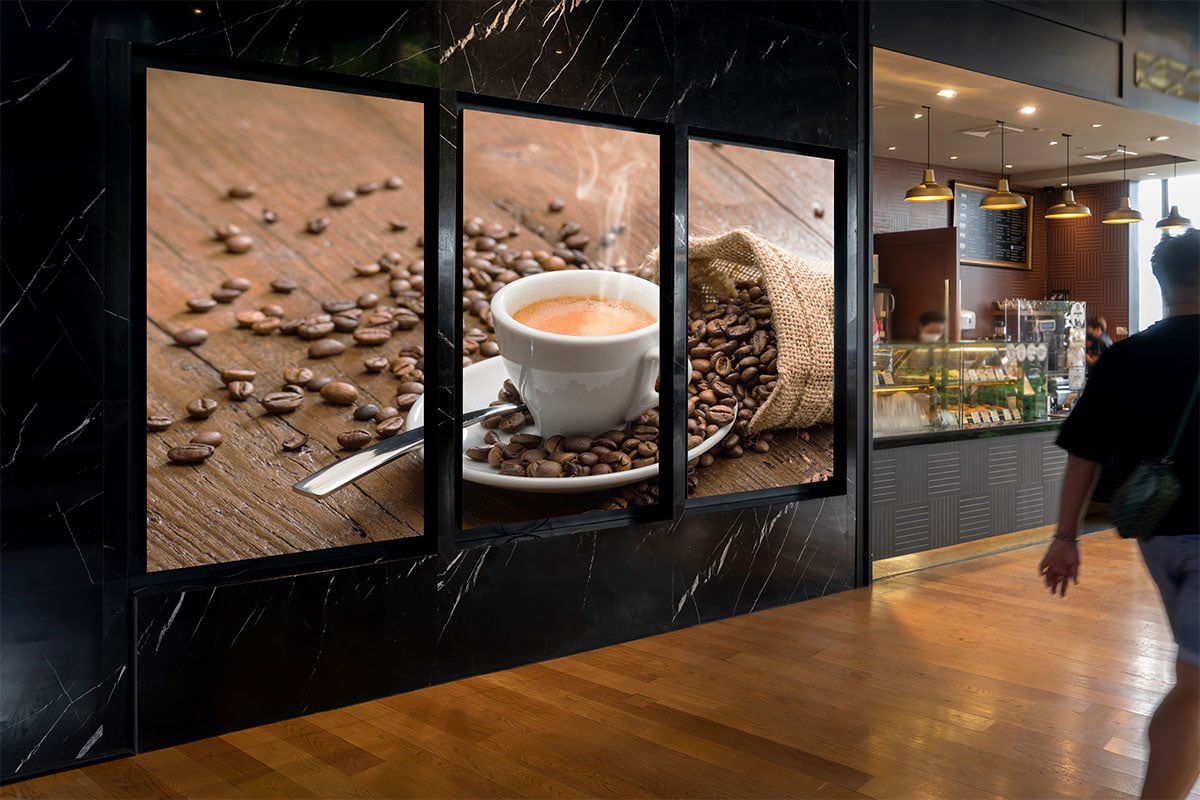The quality of the light-emitting diode components plays a major role in color uniformity. Various types of light-emitting diodes produce light at varying wavelengths, which can influence the total color output. High-quality light-emitting diodes are engineered to generate a more consistent light range, resulting in better hue precision. Additionally, the production method of these light-emitting diodes can impact their functionality. Panels made with superior materials and technology tend to have fewer color variations, guaranteeing that the shown images and videos look lively and faithful to reality.

Calibration is another crucial element in maintaining color uniformity in light-emitting diode wall screens. Calibration entails adjusting the settings of the screen to make certain that the hues shown match the intended appearance. This procedure can include adjusting brightness, differentiation, and color balance. Frequent calibration is essential, especially in environments where lighting factors vary frequently. By calibrating the panels, technicians can fix any discrepancies in color result, resulting to a more consistent viewing experience.
Surrounding factors also affect hue consistency in LED wall panels. Factors such as ambient light, heat, and humidity can influence how colors are seen. For example, intense ambient light can wash out hues, making them appear more lively. Similarly, extreme temperatures can influence the performance of the LEDs, resulting to hue changes. To reduce these issues, it is essential to install LED wall screens in managed environments where illumination and temperature can be controlled efficiently.
Finally, the design and layout of the LED wall screens can affect hue consistency. The arrangement of the panels, as well as the spacing from which they are viewed, can create variations in color perception. When panels are placed too far apart or at different positions, audiences may detect discrepancies in color. To achieve the best visual output, it is important to take into account the positioning and arrangement of the panels during installation. By addressing these factors, users can ensure that their light-emitting browse around this website diode wall screens provide a uniform and superior optical encounter.